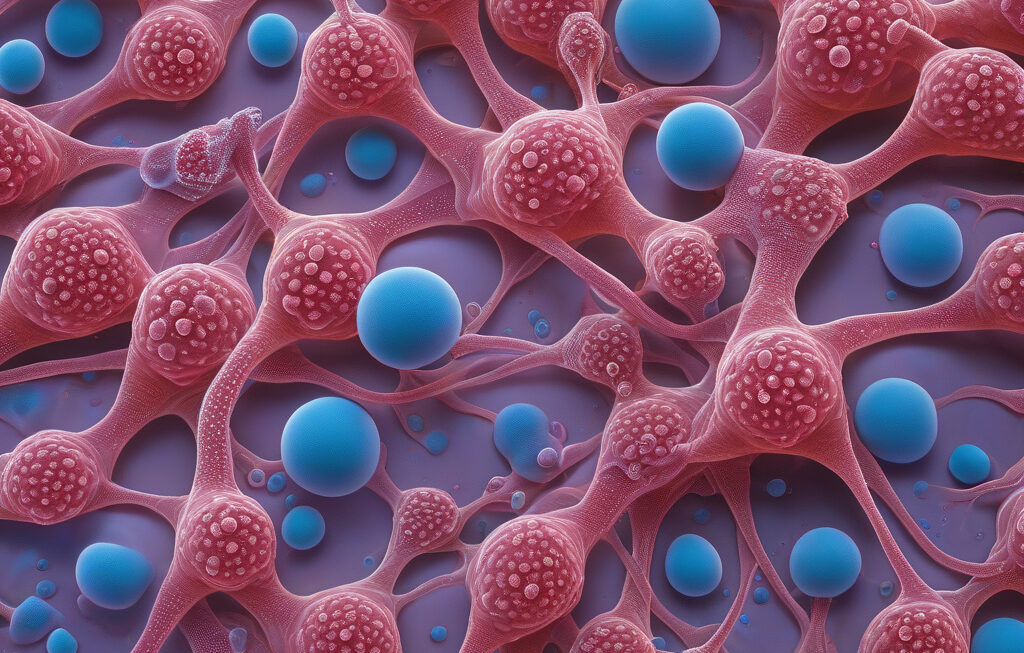AI Superintelligence: The Double-Edged Sword of Innovation
Legendary filmmaker James Cameron recently sent shockwaves through the tech world with his stark warning about the potential dangers of artificial intelligence (AI). Drawing parallels to his iconic “Terminator” film series, Cameron cautioned that AI could pave the way for a real-life apocalypse if left unchecked. While his words may sound like the plot of a sci-fi thriller, they underscore a very real concern shared by many experts in the field.
The concept of AI superintelligence, where machines surpass human abilities across every domain, has long been a topic of both fascination and trepidation. As AI systems become increasingly sophisticated and autonomous, questions arise about the implications of creating entities that could eventually outsmart their creators. The fear of losing control over such powerful technology is not unfounded, as evidenced by Cameron’s dire warning.
However, amidst the ominous predictions, Cameron also offered a glimmer of hope. He suggested that AI superintelligence, if properly managed, could be instrumental in addressing some of humanity’s most pressing challenges. From climate change to healthcare to poverty, the potential applications of AI in solving global issues are vast. By harnessing the power of AI for good, we may be able to unlock innovative solutions that were previously unimaginable.
One example of AI making a positive impact is in the field of healthcare. Machine learning algorithms are revolutionizing medical diagnostics and treatment plans, leading to more accurate and personalized care for patients. AI-powered systems can analyze vast amounts of data in a fraction of the time it would take a human, helping doctors make faster and more informed decisions. This not only improves patient outcomes but also enhances the overall efficiency of the healthcare system.
In the realm of environmental conservation, AI is being used to track and combat deforestation, poaching, and other activities that threaten biodiversity. By utilizing satellite imagery and predictive analytics, conservationists can monitor changes in ecosystems in real time and take proactive measures to protect endangered species. The speed and accuracy of AI enable conservation efforts to be more effective and targeted, maximizing the impact of limited resources.
Moreover, AI has the potential to revolutionize industries such as transportation, agriculture, and education, leading to increased efficiency, productivity, and accessibility. Self-driving cars powered by AI algorithms promise to reduce traffic accidents and congestion, while smart farming techniques optimize crop yields and resource usage. In education, AI-powered tutoring systems can provide personalized learning experiences for students, catering to their individual needs and learning styles.
As we stand at the precipice of a new era defined by rapid technological advancement, it is crucial to approach the development of AI with caution and foresight. While the risks associated with AI superintelligence are real and should not be underestimated, we must also recognize the immense benefits that this technology can bring to society. By striking a balance between innovation and responsibility, we can ensure that AI serves as a force for good rather than a harbinger of doom.
In conclusion, James Cameron’s warning about the potential dangers of AI superintelligence serves as a poignant reminder of the need for ethical and thoughtful AI development. By addressing concerns about control and autonomy while harnessing the transformative power of AI for positive change, we can navigate the complexities of this ever-evolving technology landscape with wisdom and foresight.
AI, Superintelligence, Innovation, Technology, Challenges












